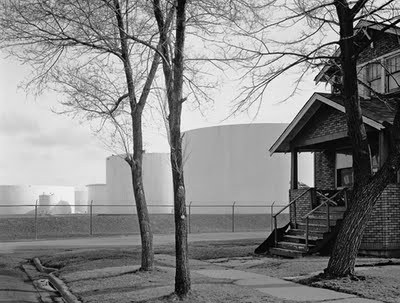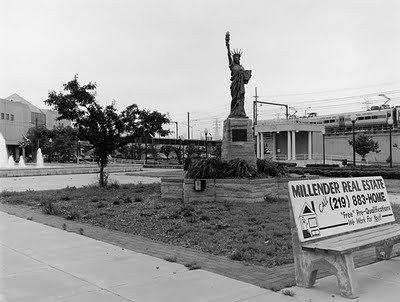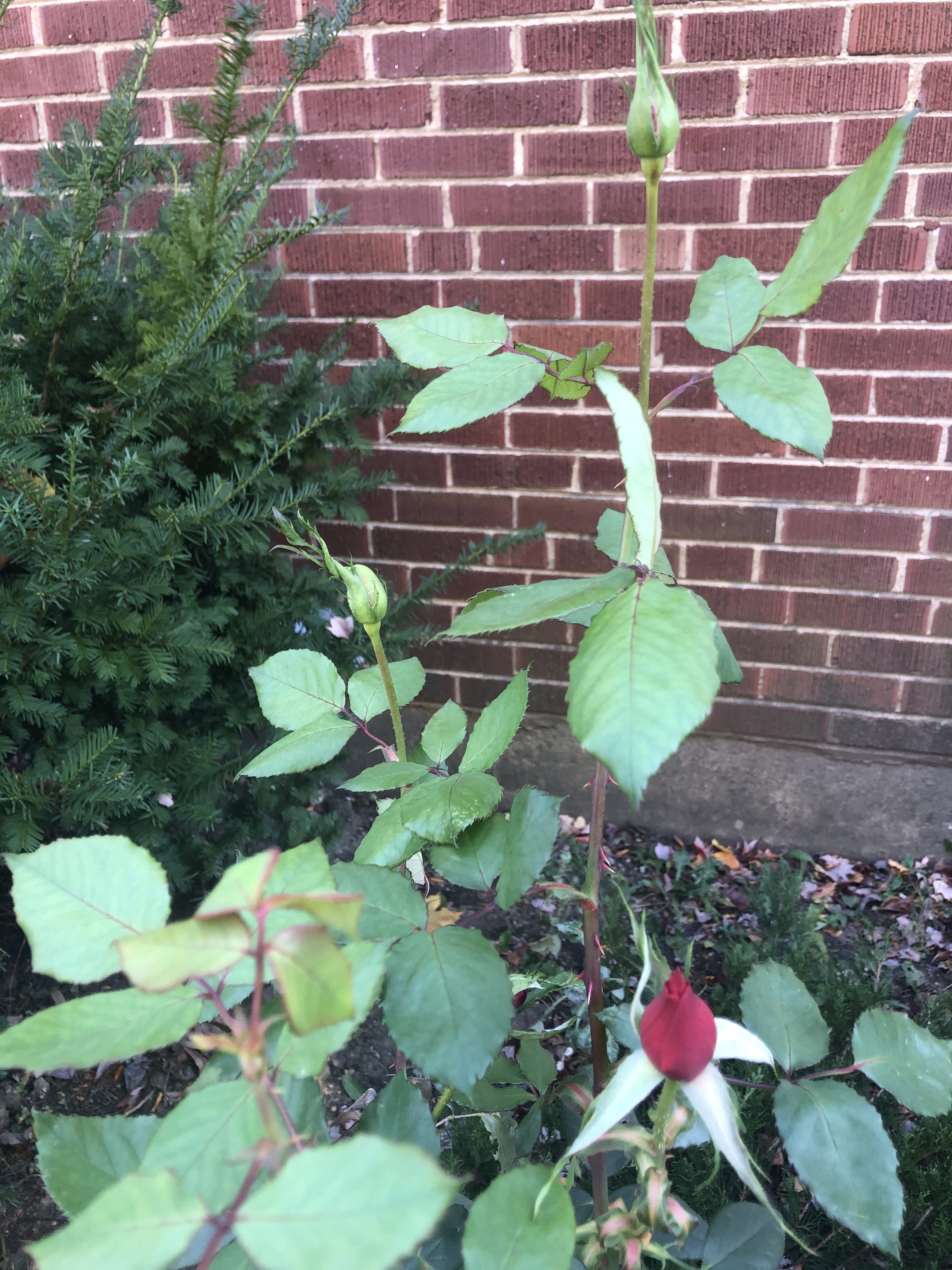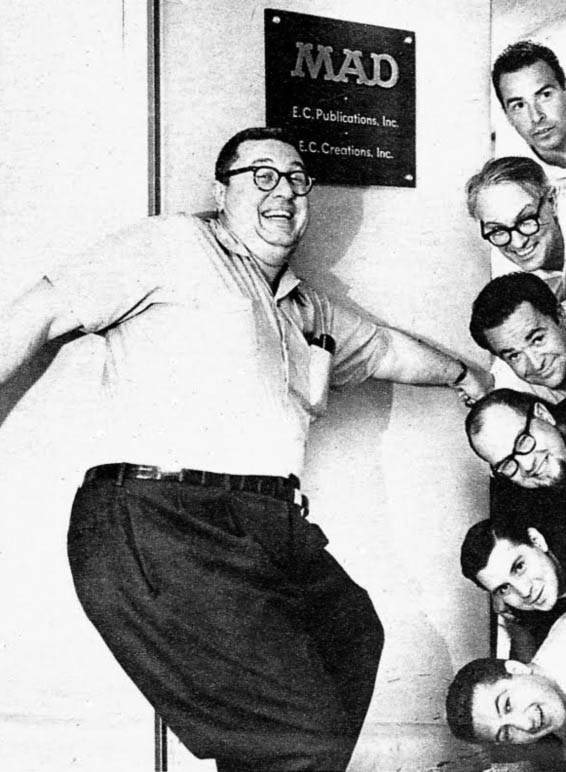A Region of Place

Sunday, February 7, 2010
WHITING, Ind.—-Surely there is no place like this place.
While the name of the Purple Steer restaurant suggests a 1968 acid trip from Haight-Ashbury, the 24-hour diner is in fact at the working class corner of Indianapolis Boulevard and Calumet Avenue in Whiting. On the west corner the Purple Steer faces the Robertsdale Inn, a ramshackle tropical drink roadhouse. The north side looks out over Oasis Discount Liquors.
This is Caribbean escapism for the Calumet Region, one of the grittiest sections of America.
On the clearest of days the skies can be gray.
The countryside is dotted with “Tank Farms,” a series of mundane white septic tanks that stretch out for acres. Vapors spin out of the B.P. refinery smokestacks like candles on a foresaken birthday cake.
Last year photographer Gary Cialdella delivered a fine coffee table book “The Calumet Region: An American Place {$39,95, University of Illinois Press, Brauer Museum of Art, Valpariso University, www.press.uillinois.com] that features 118 pages of landscapes and scenes from the region. Cialdella, a 63-year-old native of Blue Island, focused on the heavy industry along the Lake Michigan shoreline from the old South Works in South Chicago to Gary.
You can feel the sweat drip off his muscular photos. Cialdella adroitly balances the use and misuse of land. He began making the black and white photographs in 1986. The Purple Steer —where nothing is purple—should hang Cialdella’s art on its walls.

Downtown Gary, Ind. Photos courtesy of Gary Cialdella
Cialdella is fascinated with sense of place.
“I’m interested in social landscape as a setting, a place,” Cialdella said last week over breakfast at the Steer. “I like to draw attention to where people live and work. The symbolism that is all around them: advertising, industrial setting, homes. As a photographer, a personal investment is what needs to be. There’s always something unique about an environment. I try to find that uniqueness.”
As I saw the Caribbean landscape around the dreary intersection I thought of the rural writer Wendell Berry, who in “Poetry and Place” wrote, “ To preserve our places and be at home with them, it is necessary to fill them with imagination.”
Cialdella has lived in the Calumet Region his entire life, only stretching as far away as Chicago and his current residence of Kalamazoo, Mich. He has made pictures in New Orleans and has spent the last four years photographing the immigrant Pilsen neighborhood of Chicago. No matter how hard life gets, some people never leave their place, whether it be New Orleans, Haiti or the Calumet Region.
Connection to place is entrenched either spiritually or economically.
“Its a puzzle,” he said. “But people still buy and sell homes in this area. They’re relocating to Whiting and Hammond. Right across from the (B.P. refinery) in Whiting I saw people putting up new homes.
“For example, after Katrina I photographed in New Orleans. I was back last spring documenting people coming back to the Lower 9th Ward. There was very little going on. A couple new houses were being built and Brad Pitt’s foundation was doing a couple modern shotgun places. Adjacent to the Inner Harbor Canal I saw a white house down the road. There were no houses between it and me. No houses beyond it.”
Cialdella sat in his car and stared in the distance. He noticed the singular profile of a man.
“He was edging his lawn,” Cialdella continued. “There was no house next to him. No house behind him. No house across the street from him. I made a photograph from the distance to see this landscape around him. I was so moved by that. It practically brought tears to my eyes. I couldn’t believe the attention someone had put into this place that had been devastated. And they were back.”
Cialdella introduced himself to the man. “And he was thanking me for taking interest,” he said. “He was probably 70 years old. I wished a lot of good luck. There’s something rooted in human beings. People who live in these older neighborhoods and stay there have a stronger sense of that. Maybe its an older immigrant thing. But I know that in the Hammond area, Whiting and Chicago, Mexican-Americans are now the main population. And they’re taking root. And they’re reviving some of these neighborhoods.”
Cialdella is a passionate documentarian and knew the work of late Chicagoan Archie Lieberman who chronicled rural life near Galena in his 1974 opus “Farm Boy.” Lieberman always pointed out that he “made” pictures. “Its an important distinction,” Cialdella said. “Making suggests a process. ‘Taking’ suggests theft. There’s some of that in all photography of course, but when you’re making a picture you bring yourself to it.
Gary Cialdella sees that place with his heart.





Leave a Response